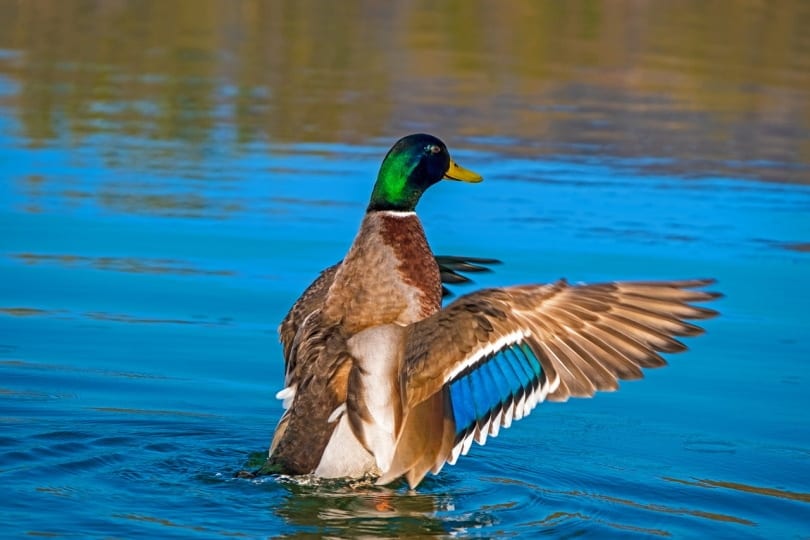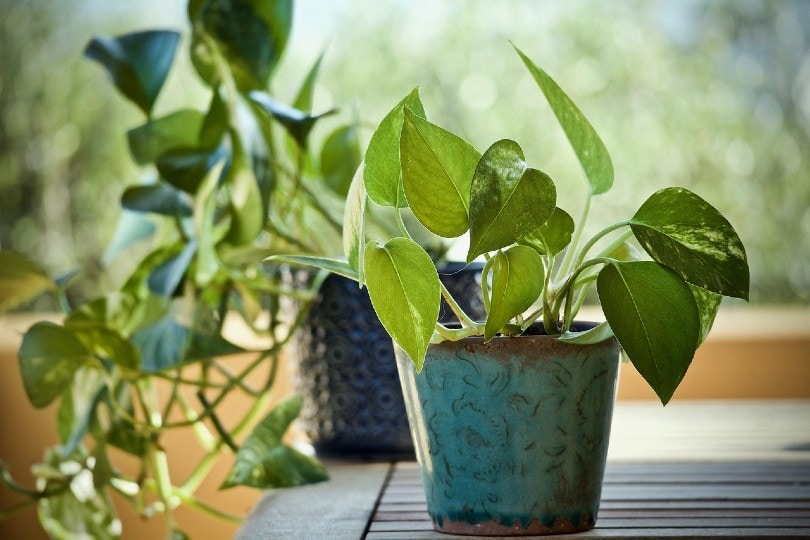VET APPROVED

The information is current and up-to-date in accordance with the latest veterinarian research.
Learn more »Click to Skip Ahead
Food and water are two basic necessities of life: They are required for energy, nutrients, and most biological processes. As essential as they are, however, not every animal species needs constant access to food and water to survive. For example, frogs don’t need to eat every day to live. Adult frogs only need to be fed every 2–3 days and only a small amount of food each time. Healthy adult frogs could survive for 3–4 weeks without eating, but you should never intentionally leave them for this long. Constant access to water is non-negotiable.
Keep reading to learn more about how often you should give food and water to a pet frog.

How Long Are Frogs Able to Survive Without Food?
Generally speaking, healthy adult frogs may be able to survive without food for a maximum of 3 to 4 weeks, but they will not thrive without adequate sustenance. Without food, their health and lifespan will be severely affected, and they may even die.
The following factors will determine the length of time that a frog can live without food.
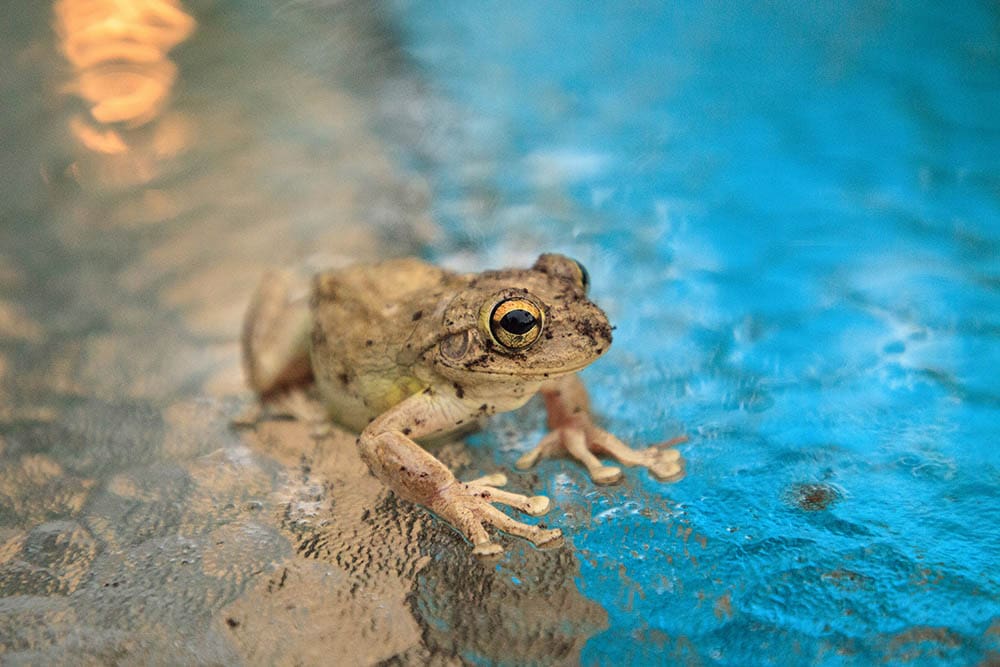
Overall Health
A well-fed and healthy frog in good physical shape can last longer without food than their unhealthier and poorly nourished counterparts. For example, a frog with a broken leg will use more energy doing basic daily tasks than a frog in good physical health.
Current Stage of Development
The frog’s age during the food shortage may be the most important determining factor in how long they can live without food.
Tadpole
Even healthy tadpoles can typically only survive 1 to 2 days without food. They need much nourishment while in this development phase and much more energy than their adult counterparts, as their bodies are still going through metamorphic changes.
If tadpoles do not have access to the right foods in this critical stage of development, their growth may become stunted, and they may begin eating other tadpoles.
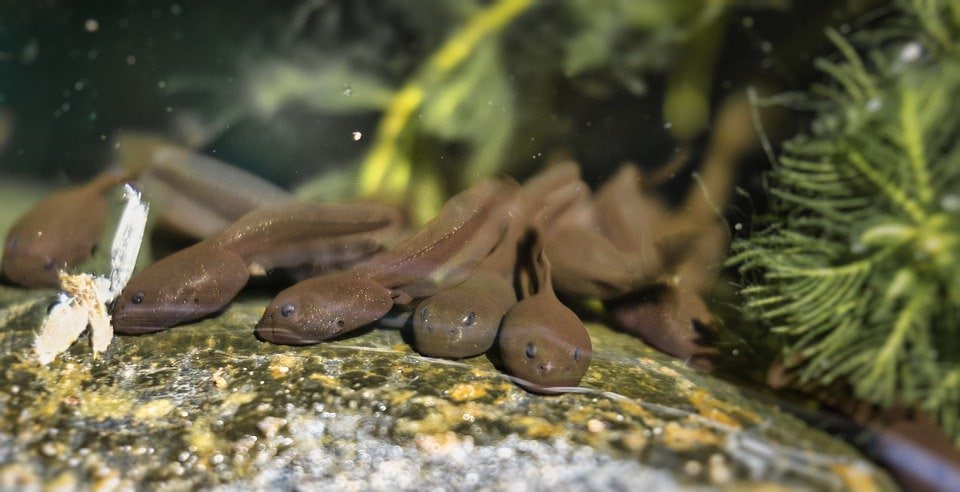
Juvenile
Juvenile frogs also need a fair amount of nourishment. Like tadpoles, they’ll need much more energy than their adult counterparts as their bodies are still changing.
Juveniles in average health typically will only survive a few days without food. Well-fed youngsters could live up to 3 days, but without access to food, the larger juveniles may begin feeding on the smaller ones. Frogs in this stage need to be fed at least once every other day until they’re around 3 years old and sexually mature.
Adult
Well-developed adult frogs may live 1 to 2 weeks without food, provided that they’re of average health and had fairly consistent access to food before the shortage. However, after that time, they’ll likely have used most of their food reserves and will be starving.
They might be able to survive up to 3 to 4 weeks without food if they’re healthy and were kept well-fed before the food shortage. But this situation should be avoided by all means, and a pet frog should be fed every 2 to 3 days.
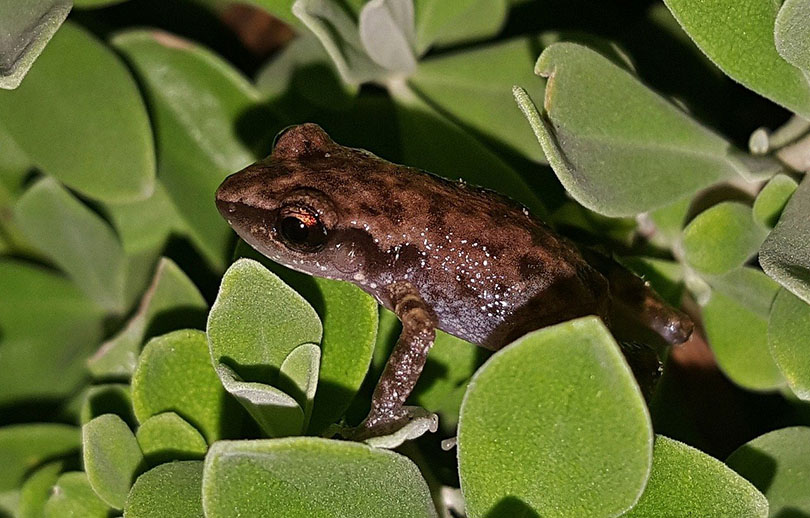
Energy Needs
The frog’s size and species can also determine how long they will live without access to food. These factors will determine how much energy they need to survive.
For example, an American Bullfrog is a large species requiring more food to live. These big frogs can eat invertebrates, birds, rodents, lizards, and even turtles. An American Bullfrog that has eaten well before a food shortage can easily go a week without eating. A much smaller counterpart, the Poison Dart Frog, needs to be fed more frequently due to their small size. Adult Poison Dart Frogs generally need to eat twice a week.

How Long Can Frogs Go Without Water?
While most healthy adult frogs can live without food for 3 to 4 weeks, the same principle doesn’t apply to water.
The length of time that a frog can survive without water will depend on their habitat. For example, aquatic frogs can only live for a few hours without water, while their arboreal counterparts can survive up to 48 hours.


What Do I Do If My Pet Frog Isn’t Eating?
If your pet frog is on a hunger strike, there are several things you can do to try to get them to eat again.
- First, ensure you’re feeding them a proper diet for their species. Familiarize yourself with what your frog needs to eat and how often they need to eat to stay healthy.
- Next, consider offering live prey. Frogs, like humans, can get bored of the same food every day. Mixing things up by offering a new source of nutrition may be just what they need to get interested in eating again.
- Clean your frog’s habitat regularly. Remove all waste, and provide new fresh substrate and water. You can also try rearranging or removing objects from the habitat, as an unsuitable environment can cause stress in frogs and make them less likely to eat.
If your pet still refuses to eat, look for signs of illness. A visit to your exotic vet should be in order if your frog is exhibiting unusual behaviors accompanied by this lack of interest in food.
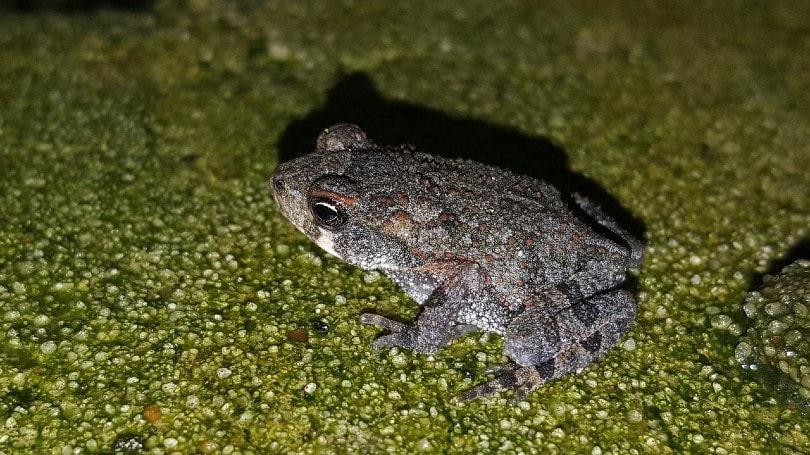
 Conclusion
Conclusion
Like humans, pet frogs can survive longer without access to food than water. However, having no access to food or water will be fatal. The length of time that they can live without eating will depend on several factors, including their size, species, life stage, and general health.
Water is just as essential to frogs’ existence as it is to ours. Aquatic frogs can only survive a few hours without access to water, while arboreal frogs can live up to 48 hours.
- You might also be interested in: Most Famous Fictional Frogs
Featured Image Credit: Kurit afshen, Shutterstock






